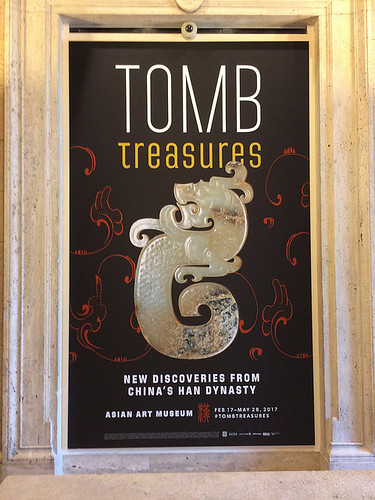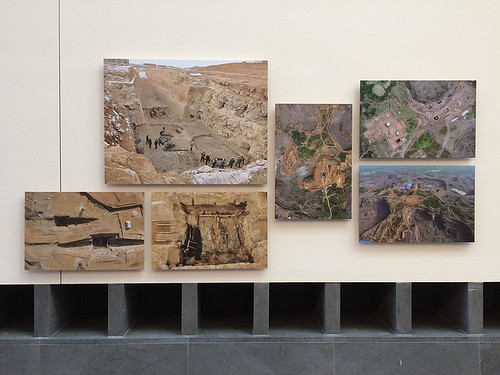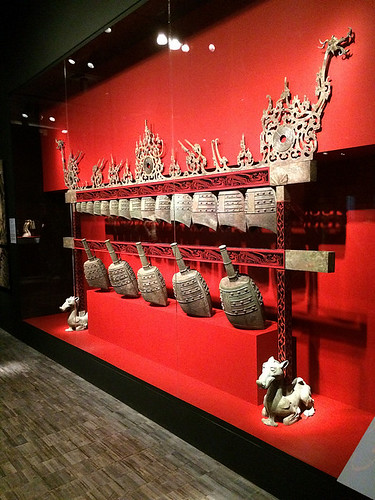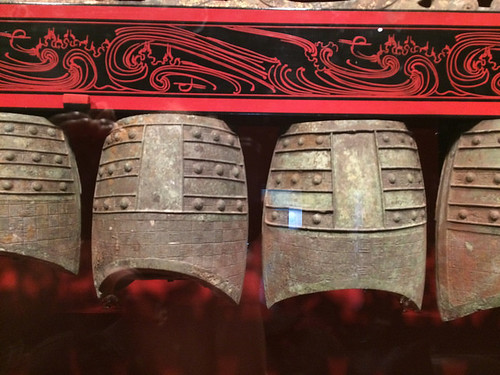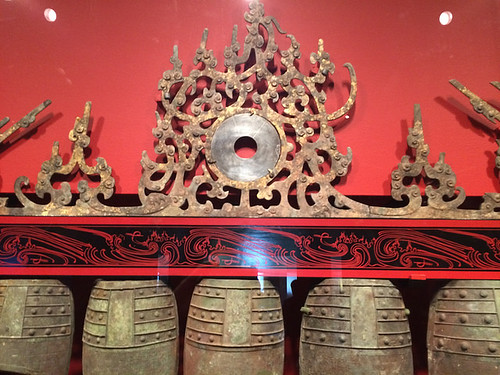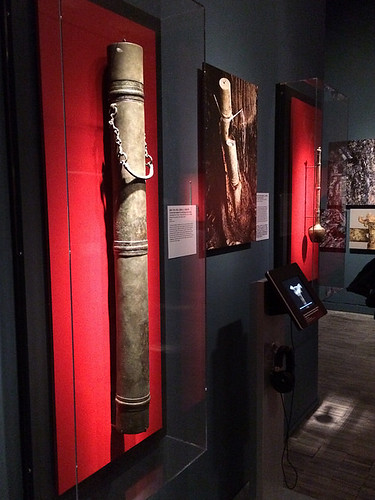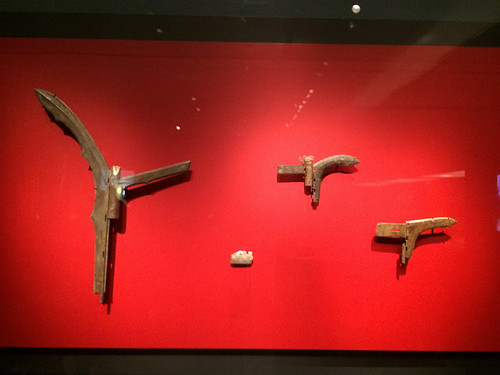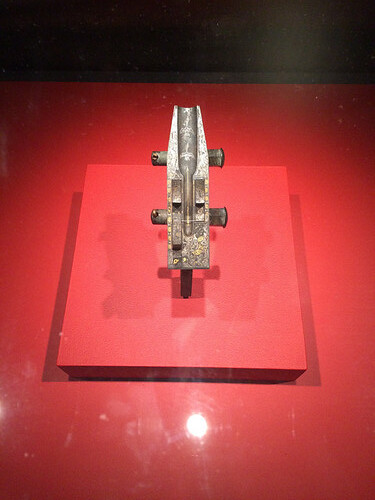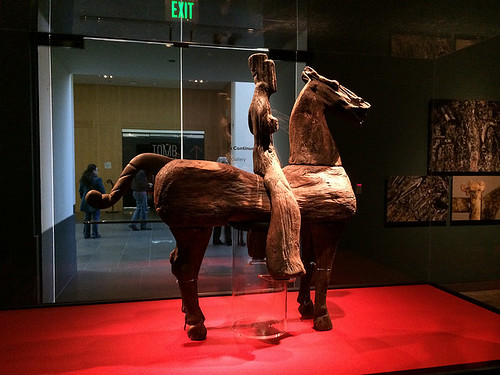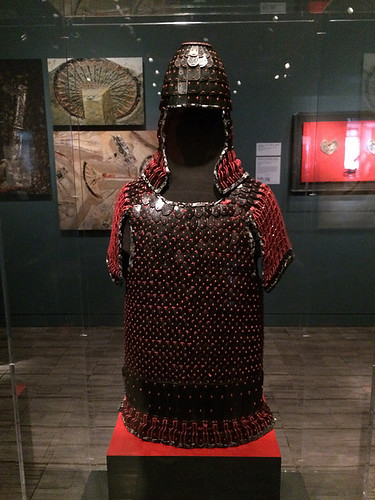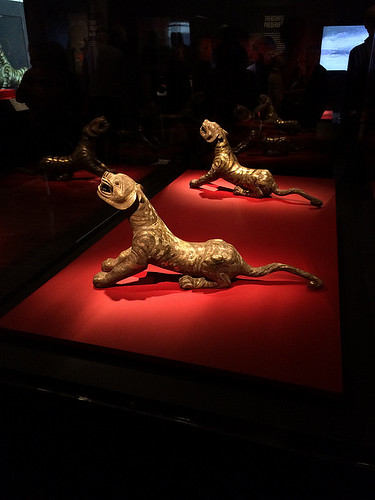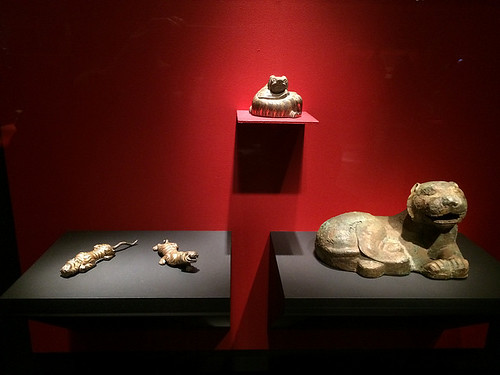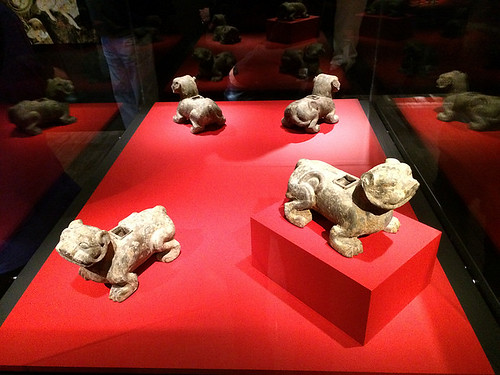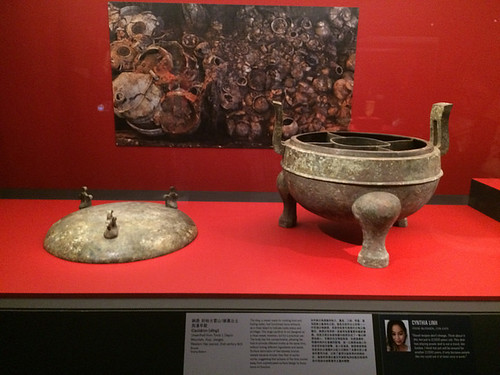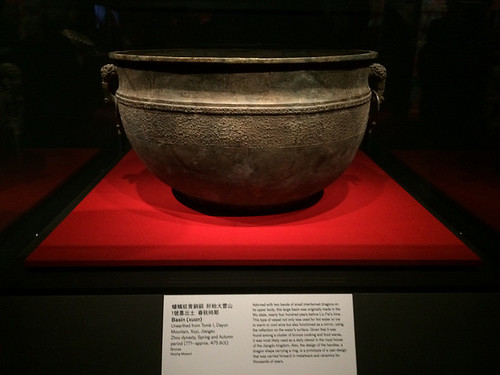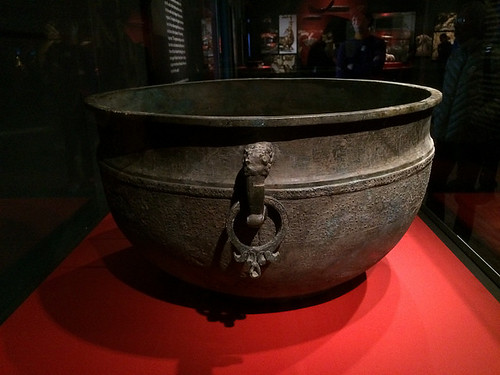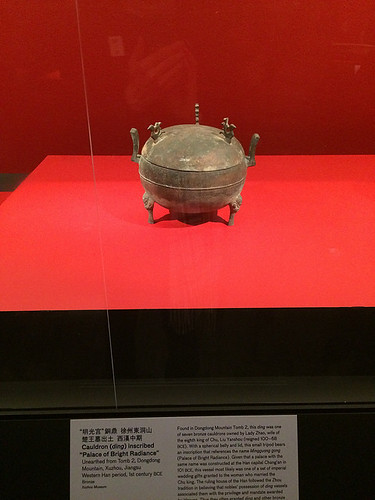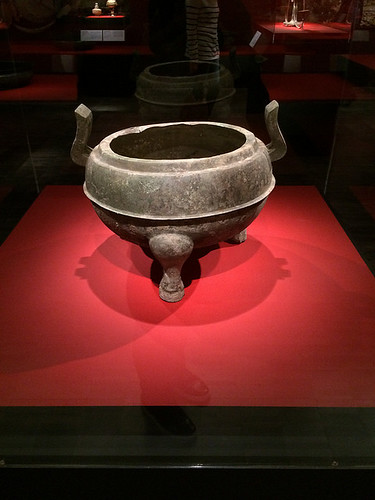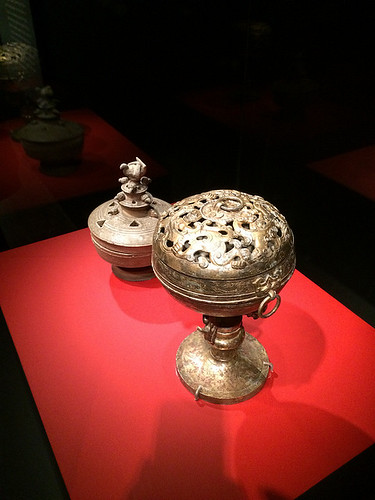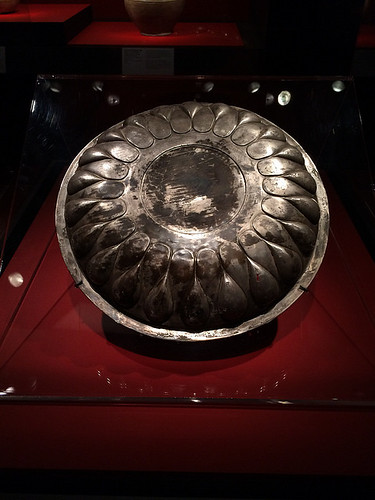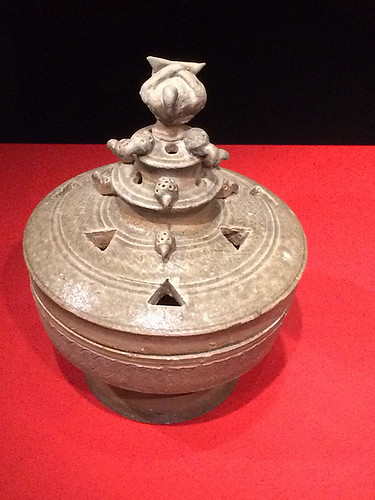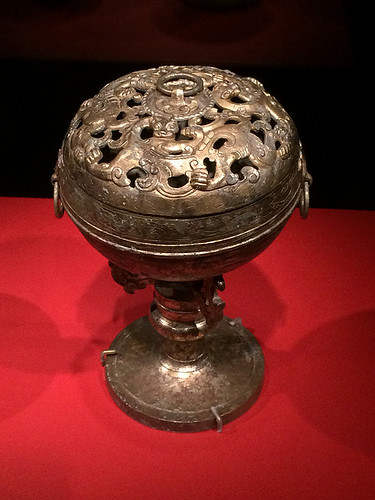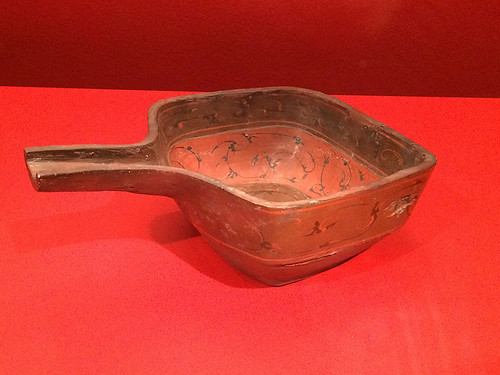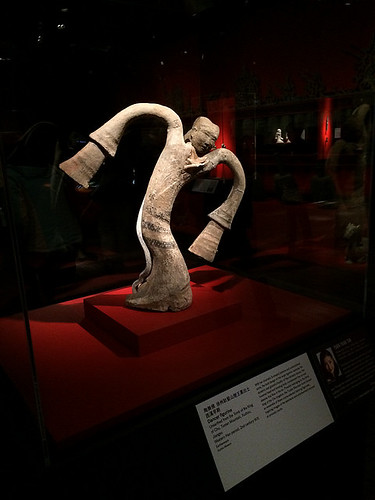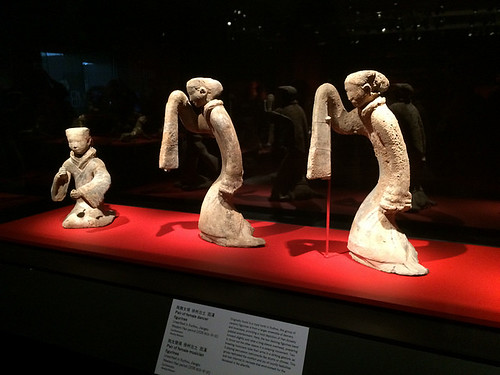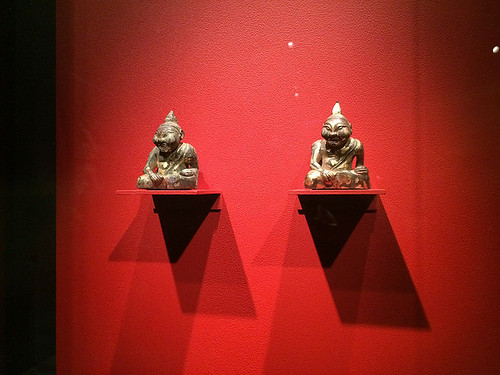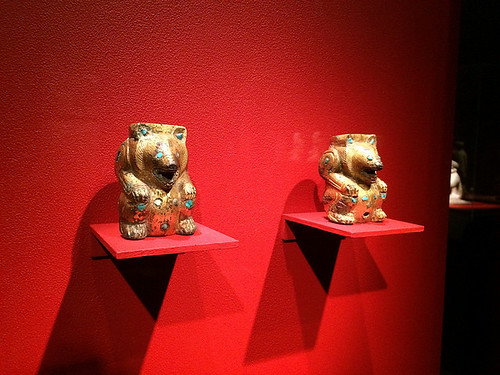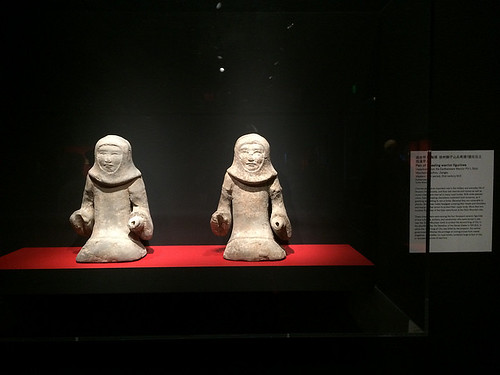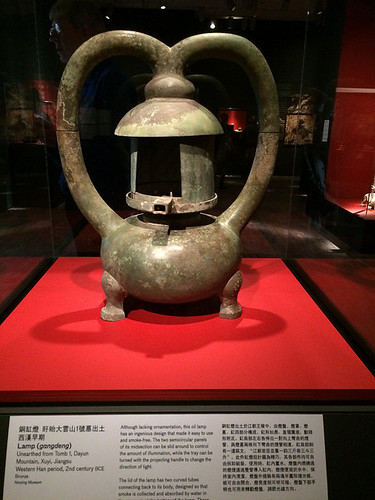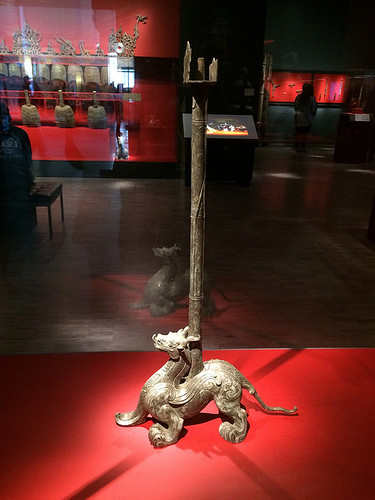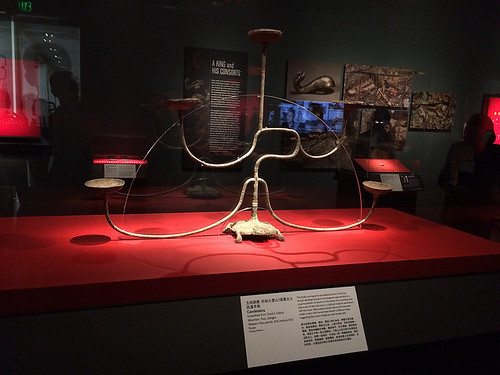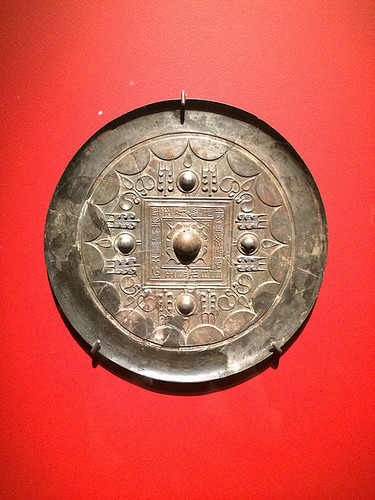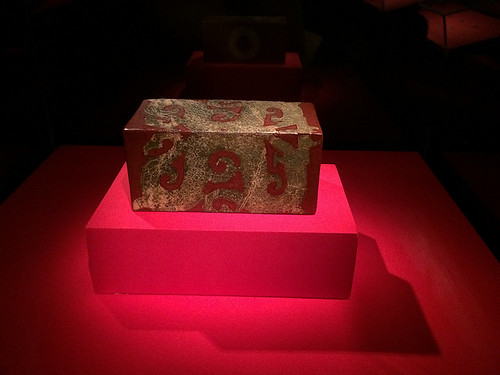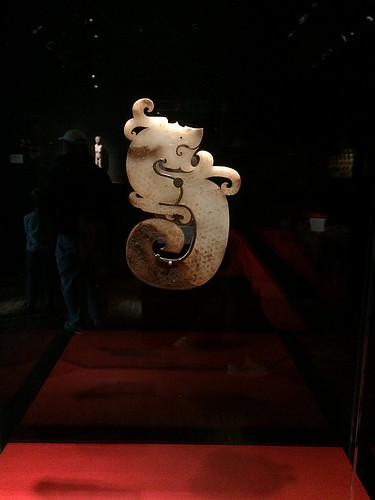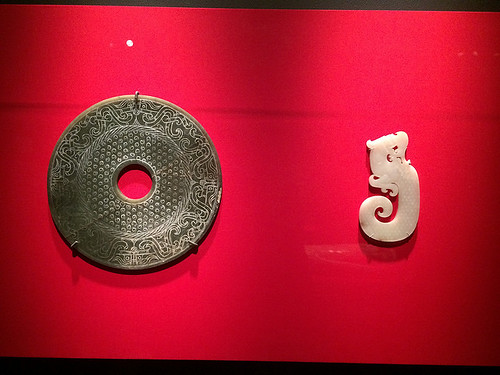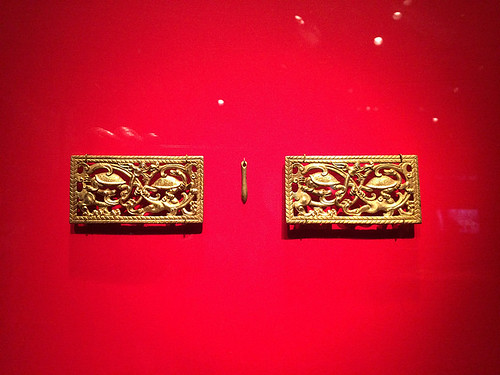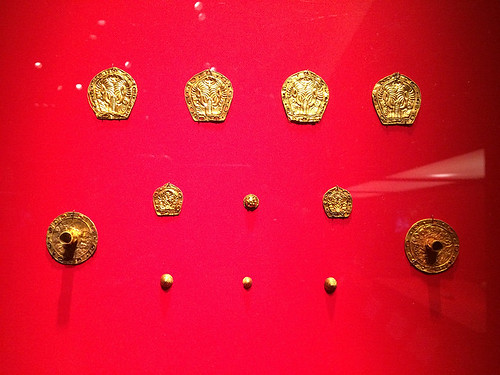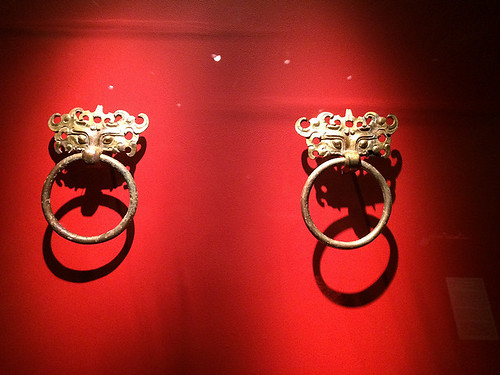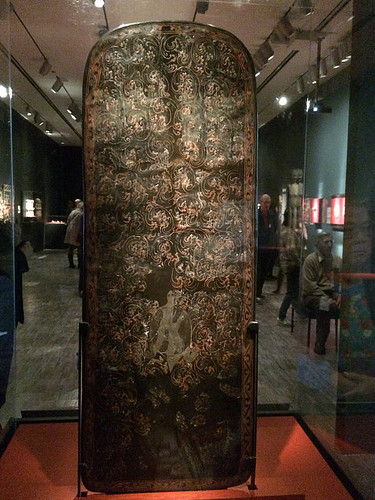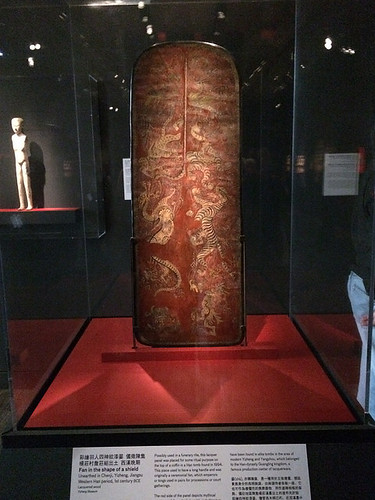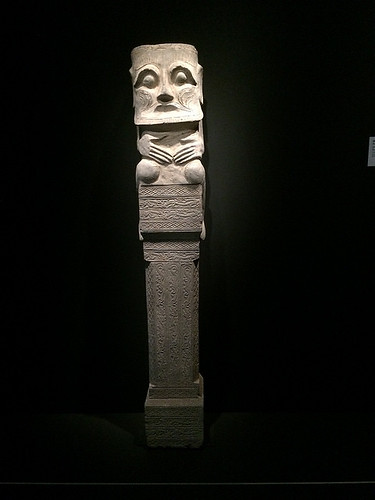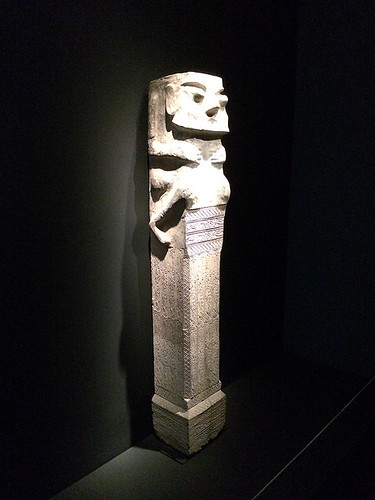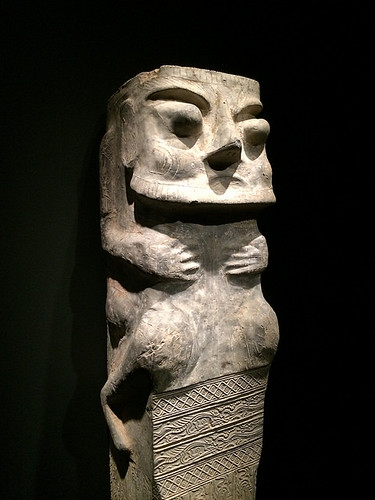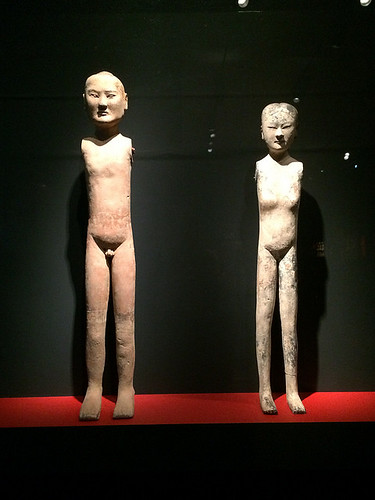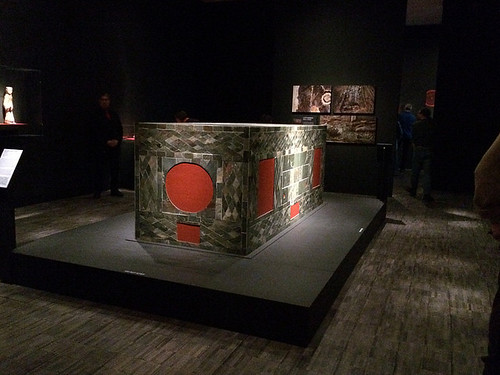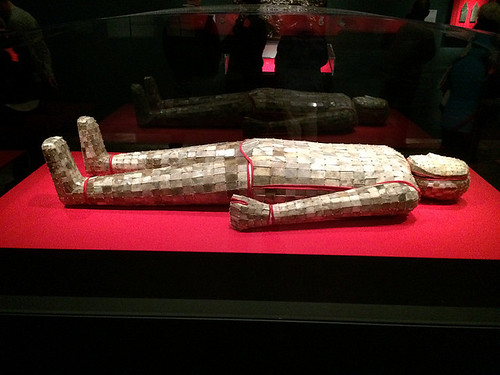I entertained myself during the short train ride from my home city Shenyang, when the scenery got dull, by observing the speed of the train, which had reached 244 km/hr (152 mi/hr).
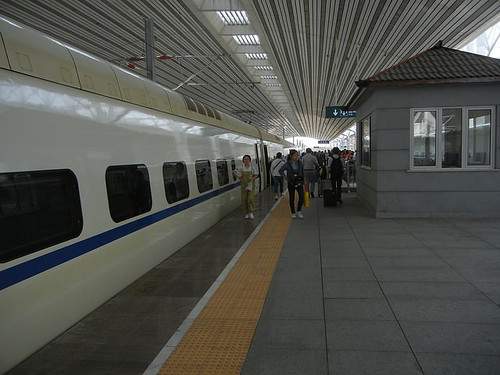
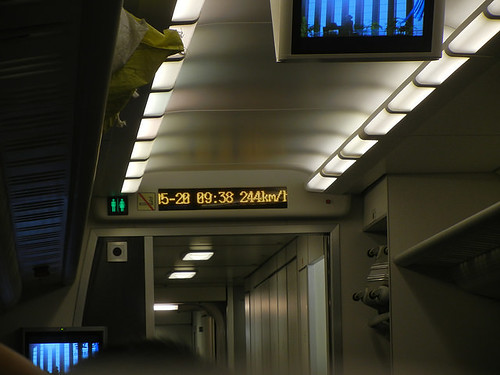
Dandong was the entry point of the Chinese "Volunteer" Army and military materials pouring into the battlefields of Korean War in 1950s. The bridge connecting Dandong and North Korea was bombed during the war and it remained damaged, as a relic of the war, stood next to a later bridge, which channeled legal or illegal imported and exported goods between China and North Korea. The image of destruction had made a strong impression on me, and I even made a painting of those parallel bridges, titled "Bombed Bridge, III".
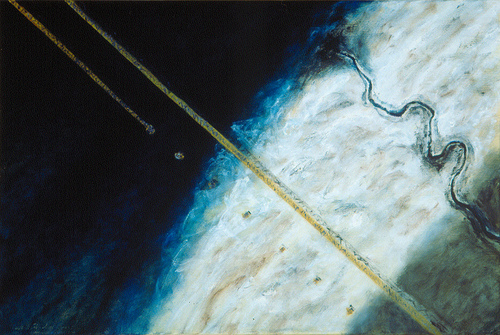
Bombed Bridge, Oil on Canvas, 24"x36", 2007
It should be noticed that the damage to the old bridge was limited to the North Korea's side only, while the rest remained intact inside Chinese territory. At the right vantage point, one could see both bridges stood side by side over Yalu River.
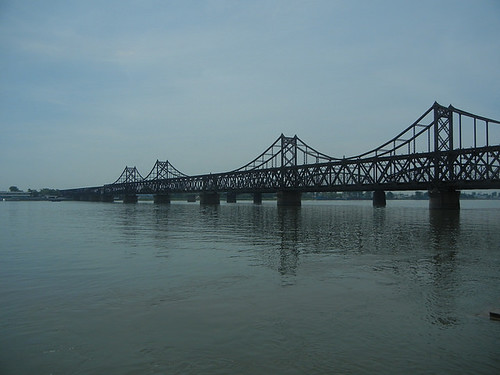
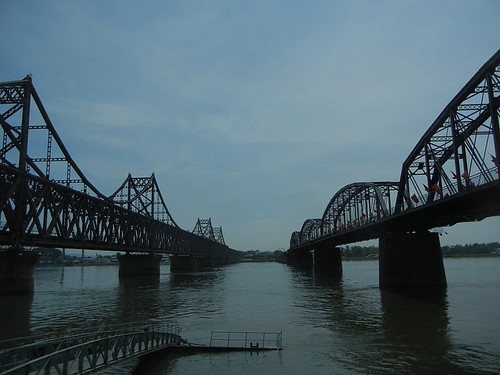
I took a little river cruise along the river, so as to take a quick survey of the border region of North Korea, Sinuiju.
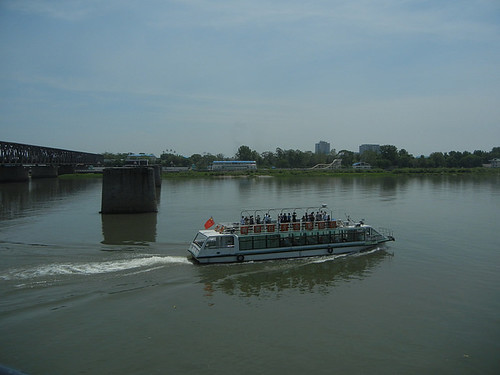
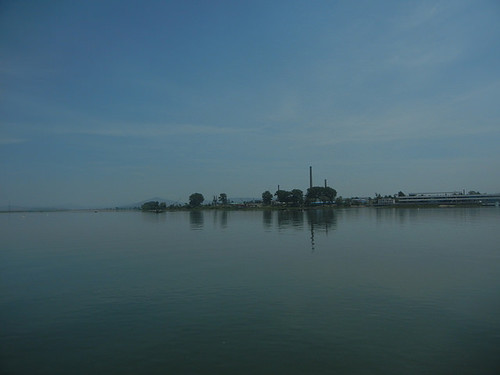
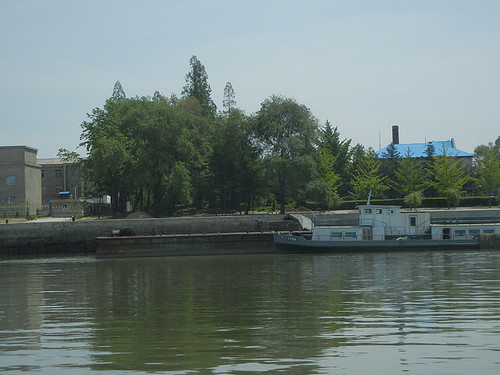
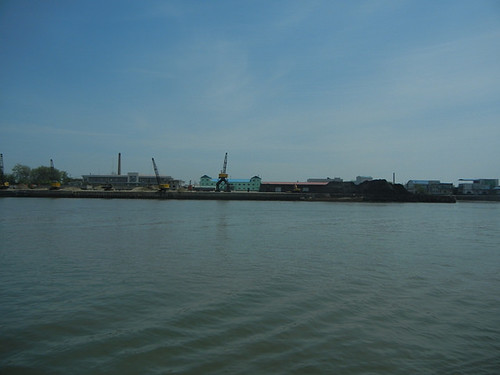
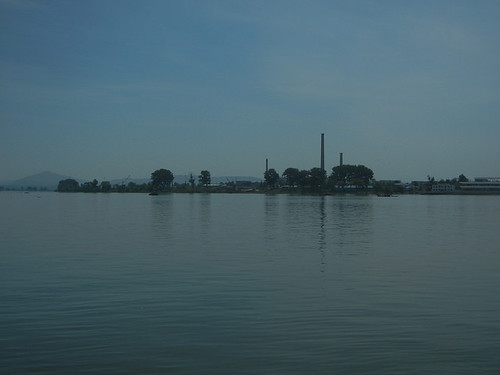
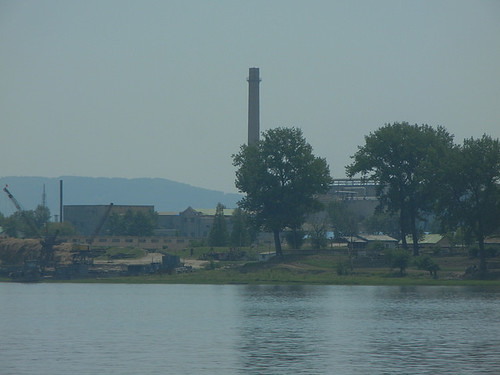
Looking back at Dandong, which though in the economic depressed rust belt Northeast China, comparing to the slow-paced North Korea, looked like a thriving metropolis:
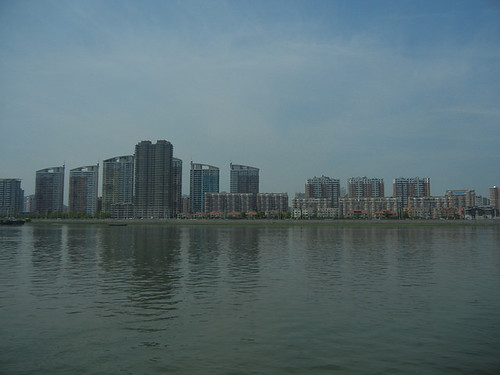
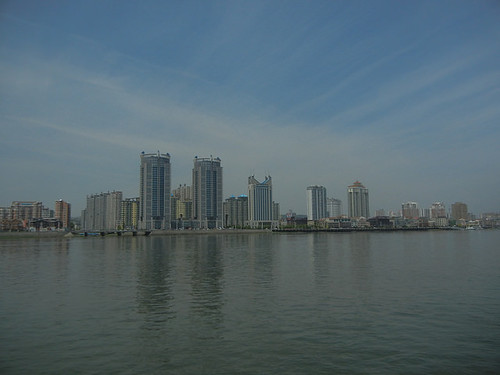
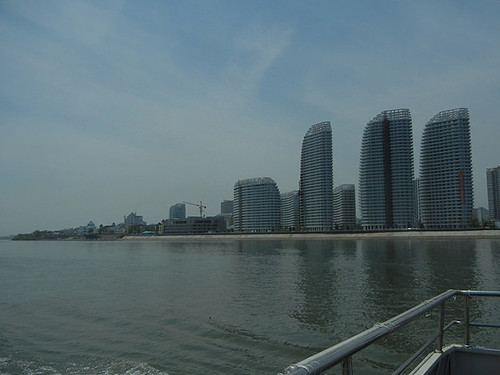
It seemed so arbitrary that one could be born in a "wrong region", or at a "wrong time". Or both. And for the unlucky ones, hope simple didn't exist.
Related posts on Art · 文化 · Kunst:
- Best Transit Airport - Seoul/Incheon International Airport
- Supermarkets in Shenyang, China
- Tram and Subway in Shenyang, China
- Industrial Museum of China in Manchurian Shenyang
- New Subway System in Shenyang, China
- Glances of Manchurian City Shenyang
- Kitsch


